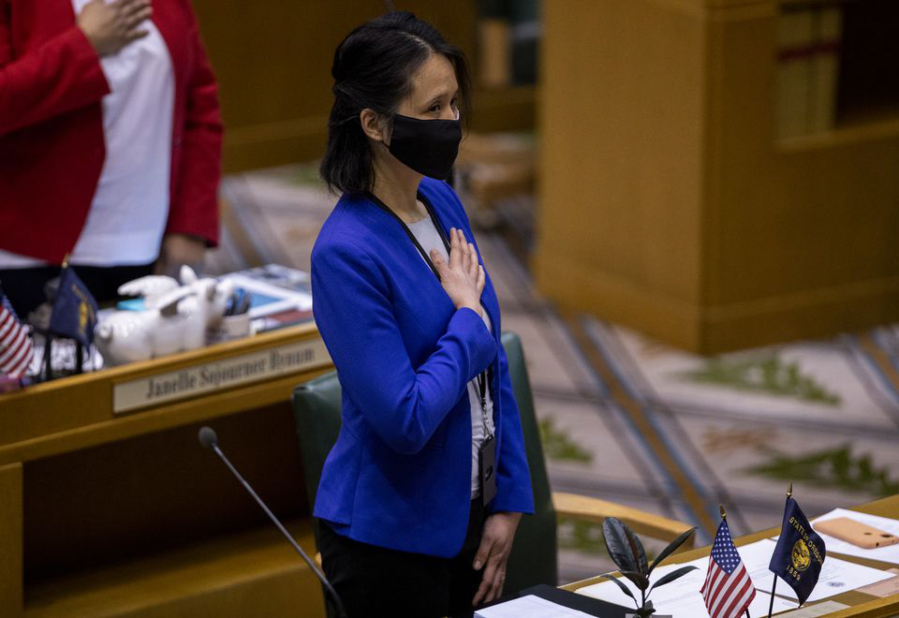PORTLAND — Two men were struck and killed while walking across the same stretch of Northeast 82nd Avenue in April, a sobering reminder that the east Portland arterial remains one of the most dangerous roads in the Portland metro area.
Fatal crashes, regardless of whether those killed by drivers were walking, in a vehicle or riding a bike, are nothing new on the five-lane state highway that carves through some of the most racially diverse neighborhoods in the city and state and on into Clackamas County. But in the past two years, each marking the deadliest in Portland history since 1996, no one died on 82nd Avenue. In the decade preceding, 16 people were killed along its roughly seven miles inside Portland city limits.
Then within less than two weeks, drivers traveling along 82nd killed first a 66-year-old man, then a 30-year-old. Both men were killed at night at or near the same intersection with Alberta Street, police confirmed. The younger man, Anthony Tolliver, was struck by a hit and run driver. Tolliver was Black. According to a report from the nonprofit Oregon Walks, Black pedestrians were killed at a rate three times greater than whites in Portland in fatal crashes in the past three years.
The recent deaths put renewed urgency behind a decades-old call, so far still a work-in-progress, to try and tame 82nd, which is also home to TriMet’s busiest bus route and forms the spine of Portland’s Jade District, with its concentration of Asian American businesses.




